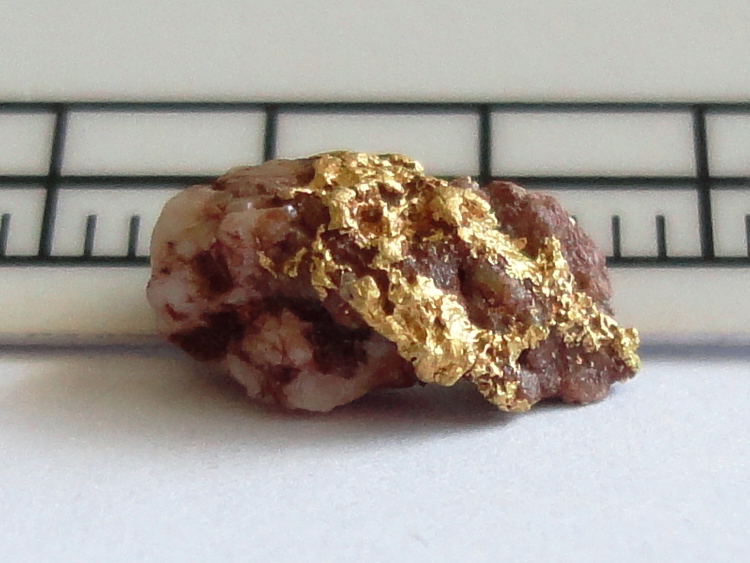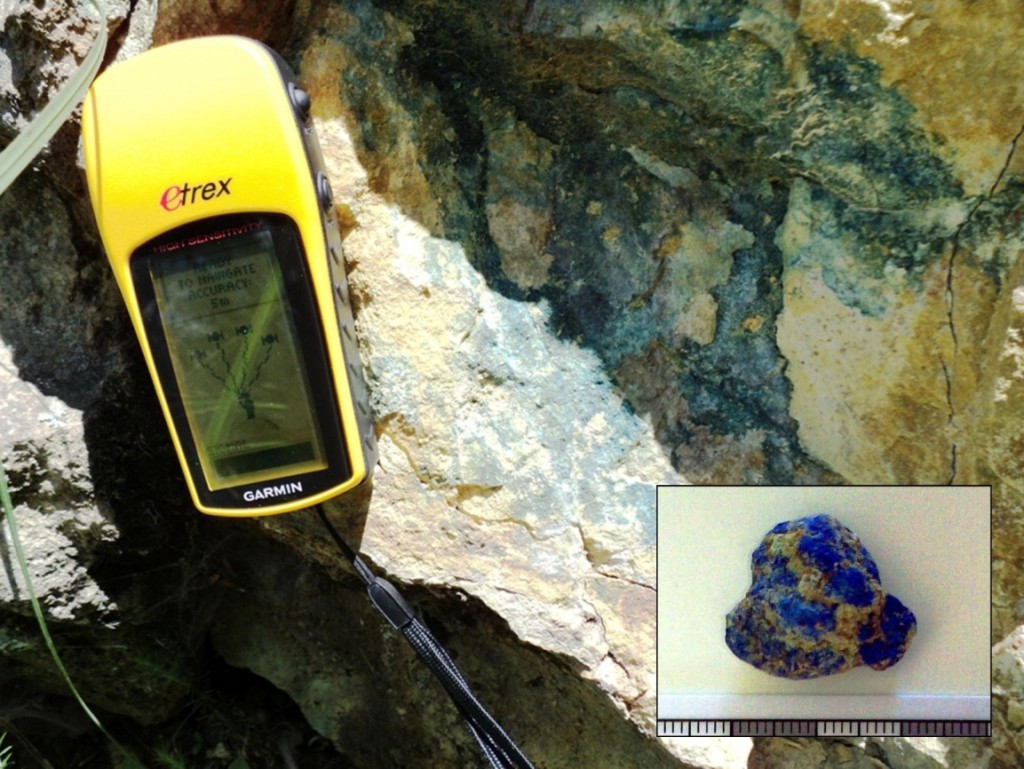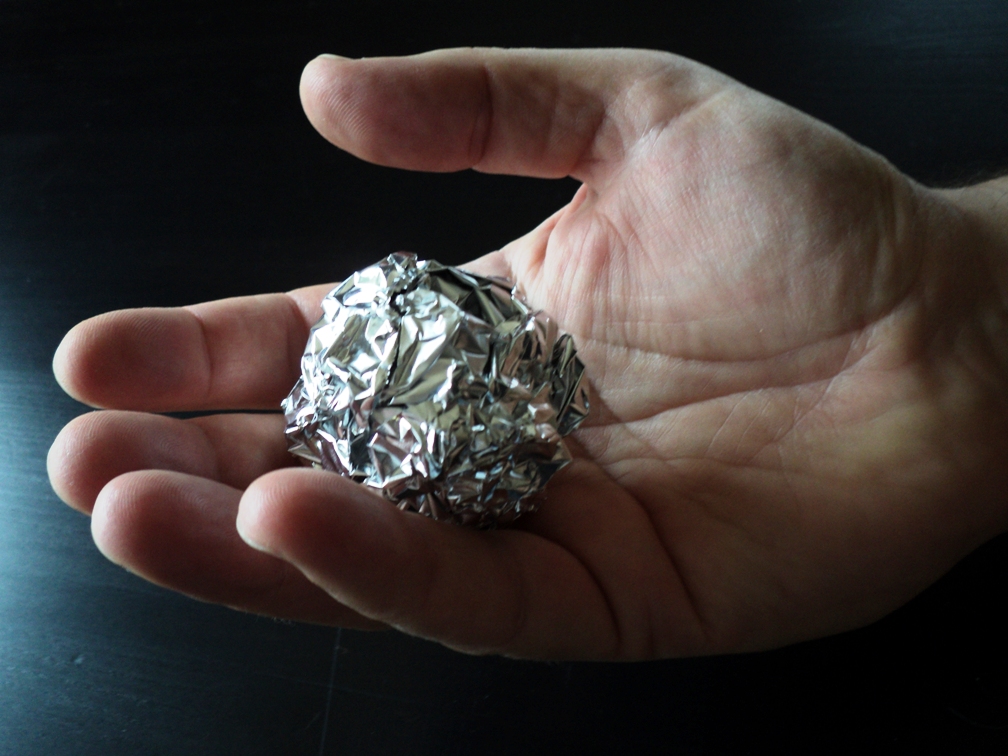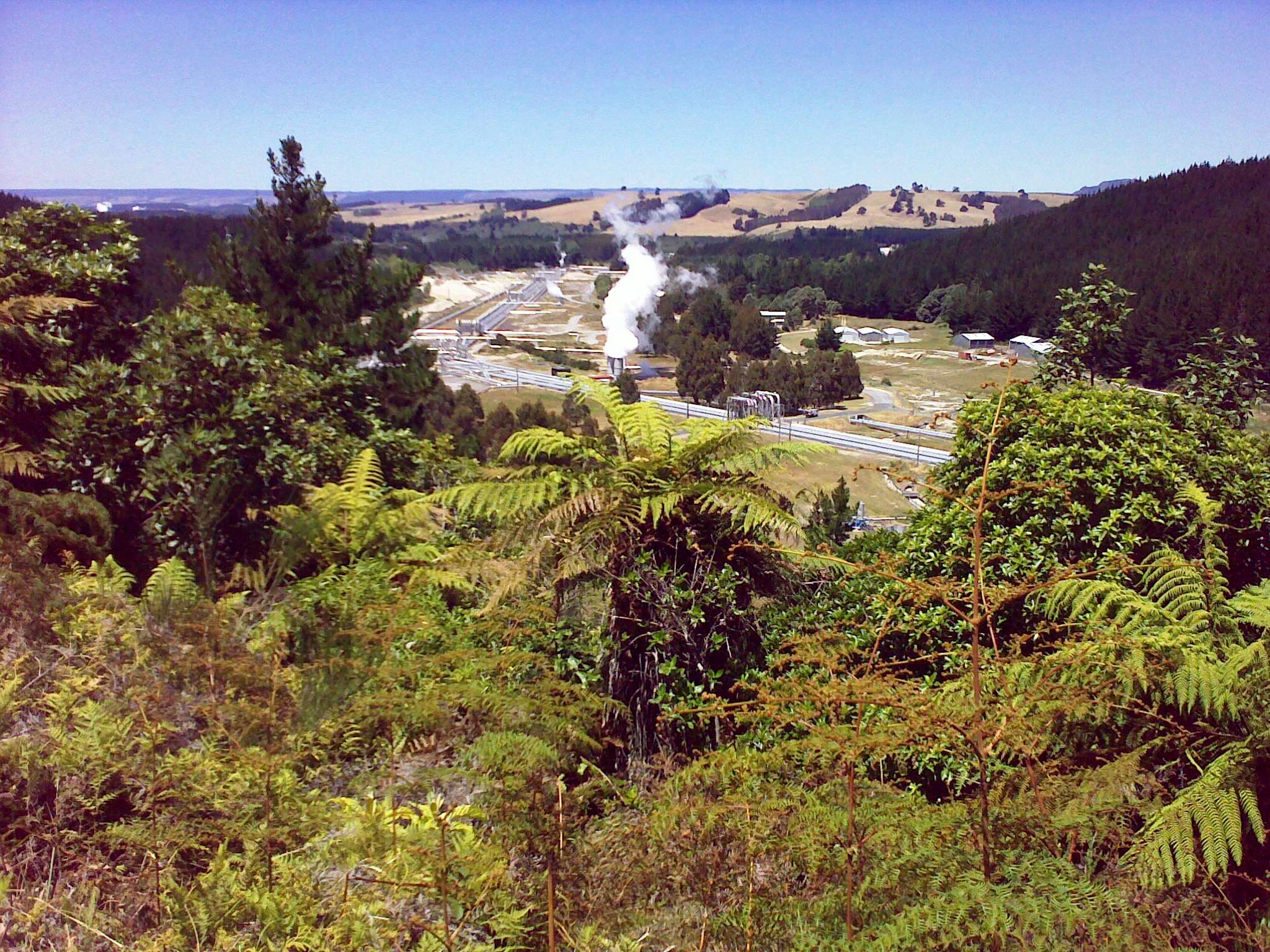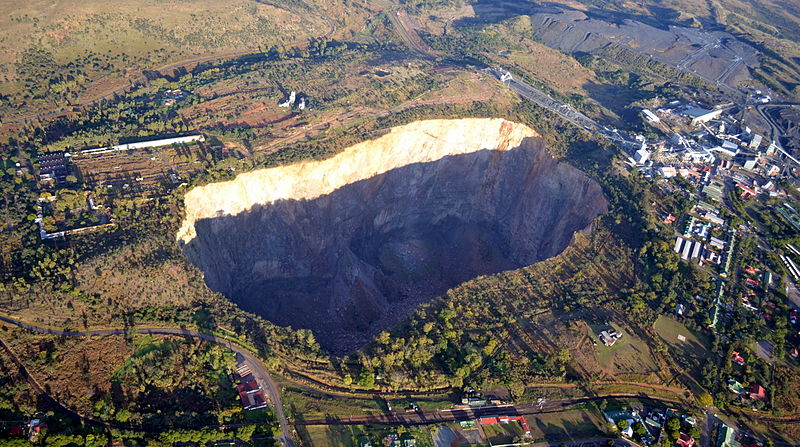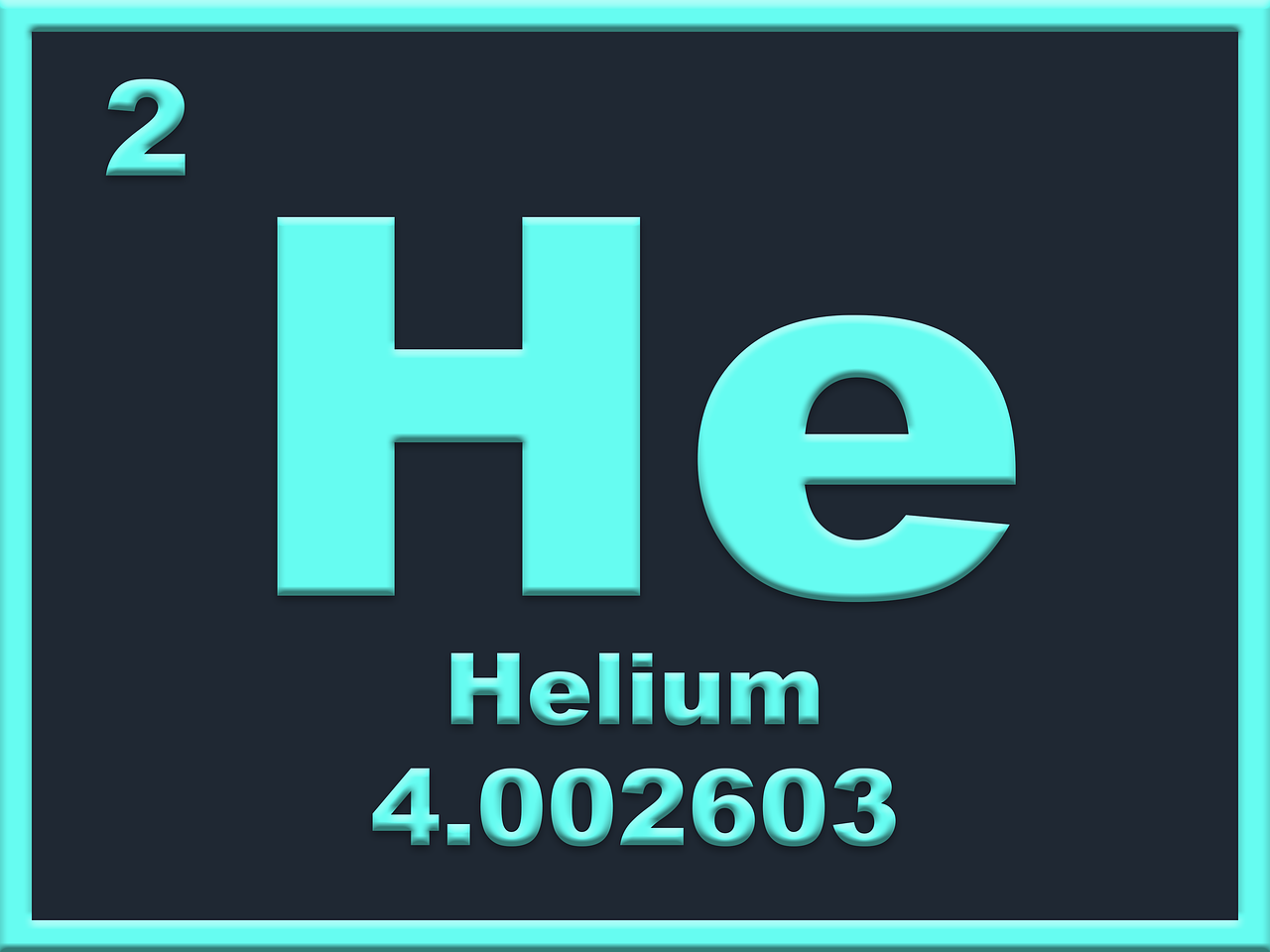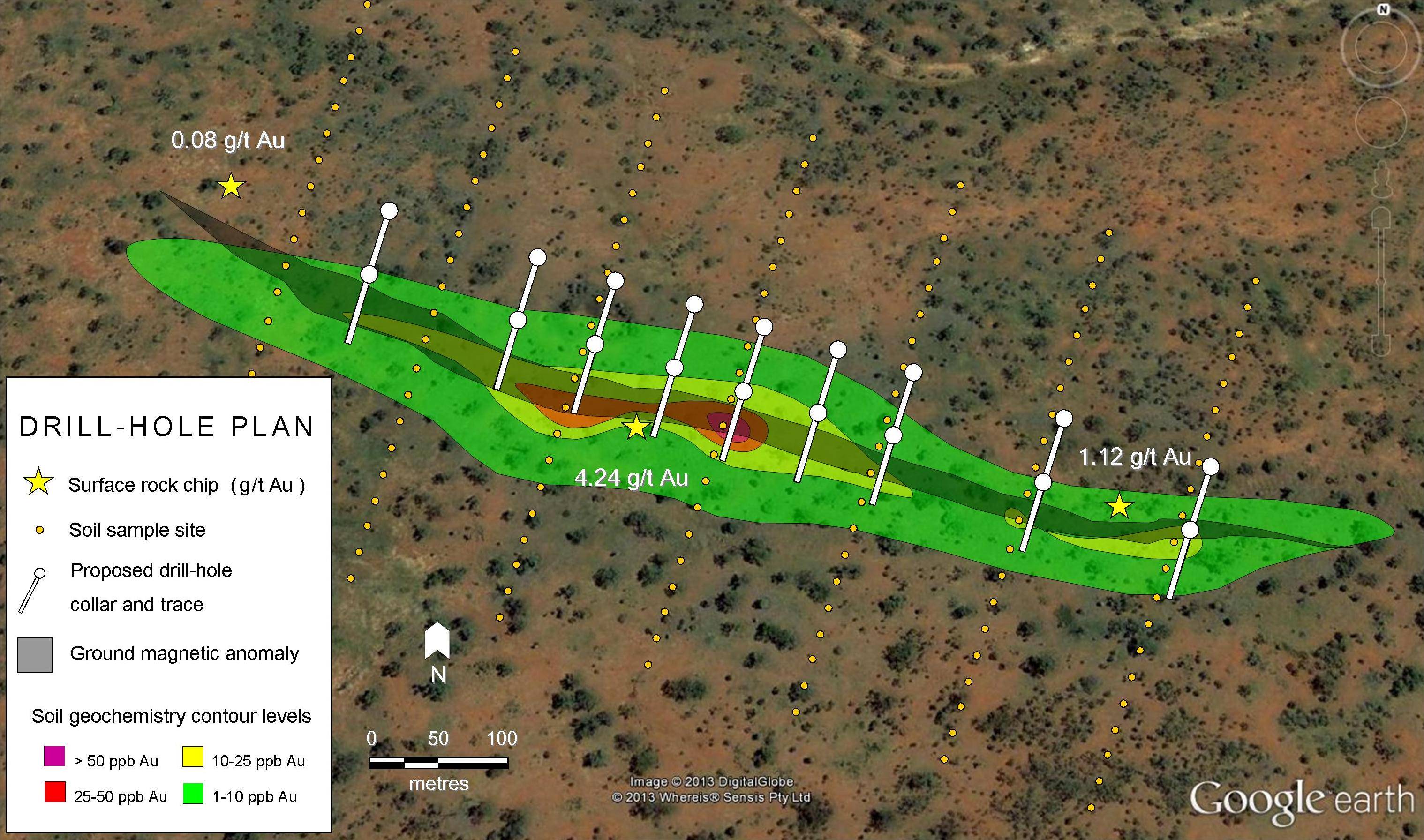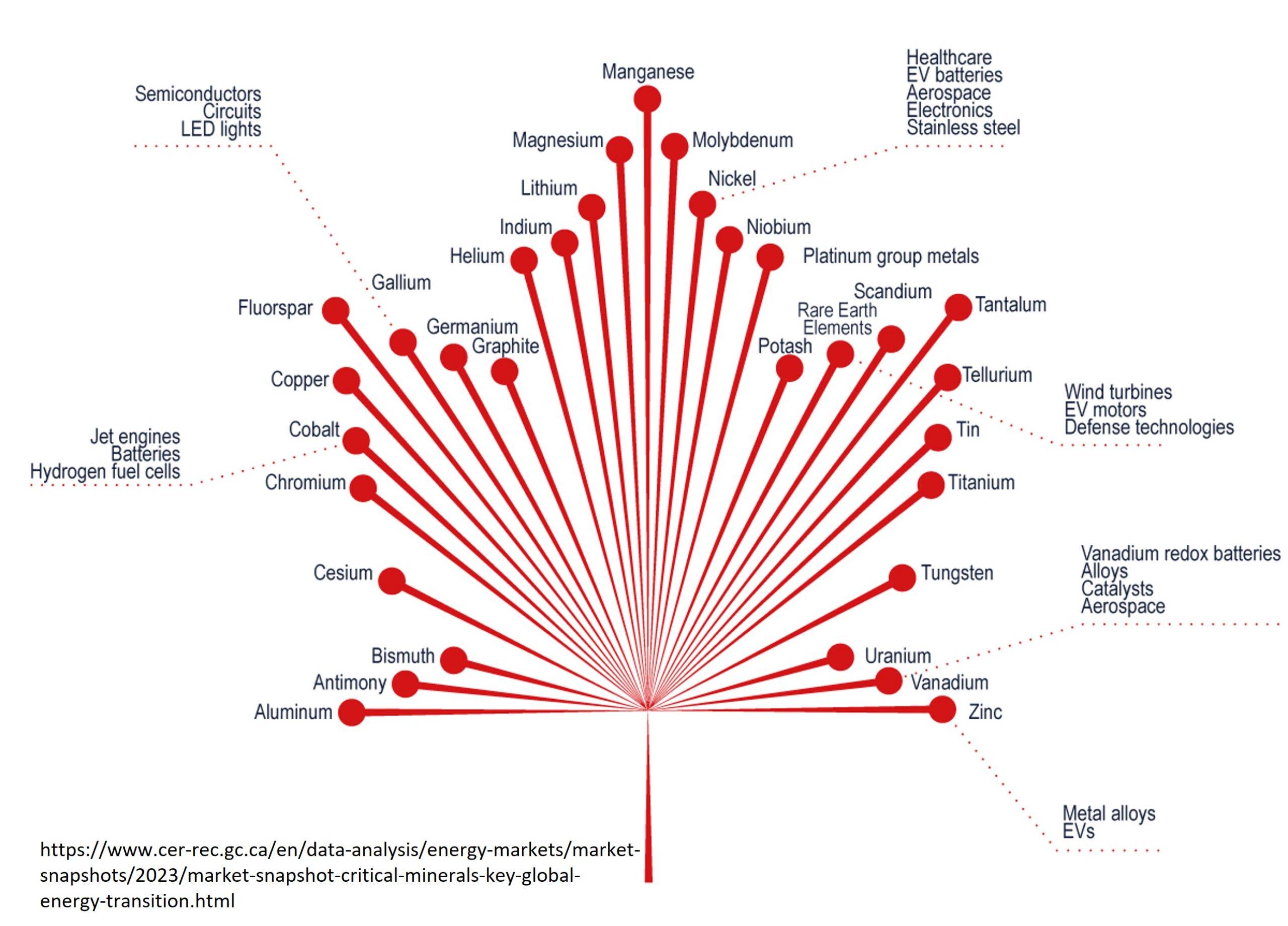Uranium was discovered by Martin Klaproth in 1789. He named this new found discovery after Uranus, in honor of the planet’s discovery in 1781. Uranium’s primary use dates back to 79 CE where it was used to add the color yellow to ceramic glazes. During the Middle Ages, pitchblende (uranium oxide) was mined from the Habsburg silver mines in the Czech Republic and was used to color glass. Uranium glassware, also called Vaseline glass, was commercially manufactured starting in the mid-19th century and was very popular through the 1920’s. Quality Victorian era and pre-war uranium glass pieces are highly collectible.
It wasn’t until 100 years after its discovery that uranium’s radioactive properties were discovered. Uranium has three radioactive variants, or isotopes. In nature, U-238 is the most abundant isotope and is not fissile (it does not produce a chain reaction). The uranium-235 isotope can create a chain reaction and research into U-235 fission reactors gave birth to the development of nuclear weapons. U-235 was eventually replaced by plutonium-239 for weapons use, but U-235 is still used in nuclear reactors.
Uranium is not only important for today’s energy demands but it is believed to be an important component of the Earth’s “engine”. As uranium decays it generates heat deep within the earth’s mantle. This heat creates convection, much like an oven, where heat rises to the surface and relatively cooler magma sinks towards the core. Convection in the mantle helps drive plate tectonics.
The most important uranium ore mineral is uraninite (UO2), also known as pitchblende. Other important ore minerals include coffinite (uranium silicate), brannerite (uranium titanium oxide), thucolite and davidite.
Uranium Deposits and Mining
There are many types of uranium deposits, but the most economic form in large sedimentary basins. Globally the largest uranium deposits are found in Australia, Kazakhstan, Canada and Russia. Canada’s deposits are almost exclusively confined to an area known as the Athabasca Basin.
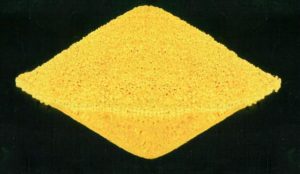
Like most mined commodities, uranium ore requires refinement. The ore is converted to a higher concentrate of uranium known as “yellow cake”. The term yellow cake comes from its colour and its “dough like” texture once the raw ore is refined. There are two methods of refinement: dynamic treatment (used for high grade ores >0.10%) and acid heap leaching (used for low grade <0.10%). Dynamic treatment involves the ore being crushed and ground before processing and purification with solutions to form a “liquor”. Organic solutions or ion exchange resins are then used to remove the uranium liquor and the remaining material is washed, filtered and dried. Acid heap leaching is slightly different. After the ore is crushed and milled to a pre-defined size, the particles are then combined into a large pile and filtered with a mixture of water and acid to improve the permeability (the amount of connected spaces between grains). An acid solution is then percolated through the heap over a period of three months and a solution containing the uranium is collected.
Uses
Uranium that has been enriched in U-235 is used in nuclear reactors for both civilian power generation and military ships. Uranium that has been depleted in U-235 (usually as a by-product of nuclear reactors) is used for armor piercing projectiles and armor-plating on military vehicles due to its very high density. It is also used for radiation shielding on industrial X-ray machines.
Reserves, Demand and Future Outlook
Today, uranium is considered a critical mineral by the U.S. As the demand for low-carbon power grows, so does the demand for uranium to fuel nuclear power reactors. The World Nuclear Association reports that over 50 nuclear reactors are currently under construction, with many existing nuclear reactors planning to increase capacity.
In 2019, 64,566 tonnes of uranium (U3O8 ) were produced. Production primarily came from Kazakhstan, with major contributions from Canada, Australia, Namibia, Uzbekistan, Niger and Russia. According to the Organisation for Economic Co-operation and Development (OECD), global uranium resources are estimated to be 6,147,800 tonnes uranium.
The price of uranium has been somewhat volatile in recent years. Through the 1990s and until 2005, the price of uranium generally stayed between $10 and $15 USD per lb. By 2007 it had spiked to almost $140/lb. This boom was followed by a dramatic bust to around $40 by 2010. The uranium market took another hit following the Fukushima disaster in 2011 which reignited the debate over nuclear safety. As of March 2021, the price of uranium is around $28/lb.
Further Reading
- Global Uranium Mining Production (website)
Subscribe for Email Updates

